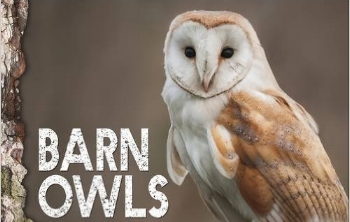

November Programs: Grayson County Public Schools
November was a busy month as BRDC joins the 1st, 5th and 7th grade classes to study Owls, Watersheds and Trout.

The Power of Owl Pellets
During the first week of November, Grayson County 4-H and BRDC teamed up to bring all of the 4th graders across Grayson County our famous owl pellet program.
It always begins with ew, yuck and gross, because the idea of dissecting something that was once inside a living bird, summons visions of poop or puke. We explain that an owl pellet is similar to a fur ball your house cat occasionally coughs up.

1st Graders Learn the Ways of Barn Owls
First grade students at Independence, Fries and and Grayson Highlands School learned about barn owls in this month’s K-2 Reading Program.
Volunteer Sarah Osborne read the book Barn Owls, and used talons and feathers from the BRDC collection to engage students in the study of these nocturnal raptors.